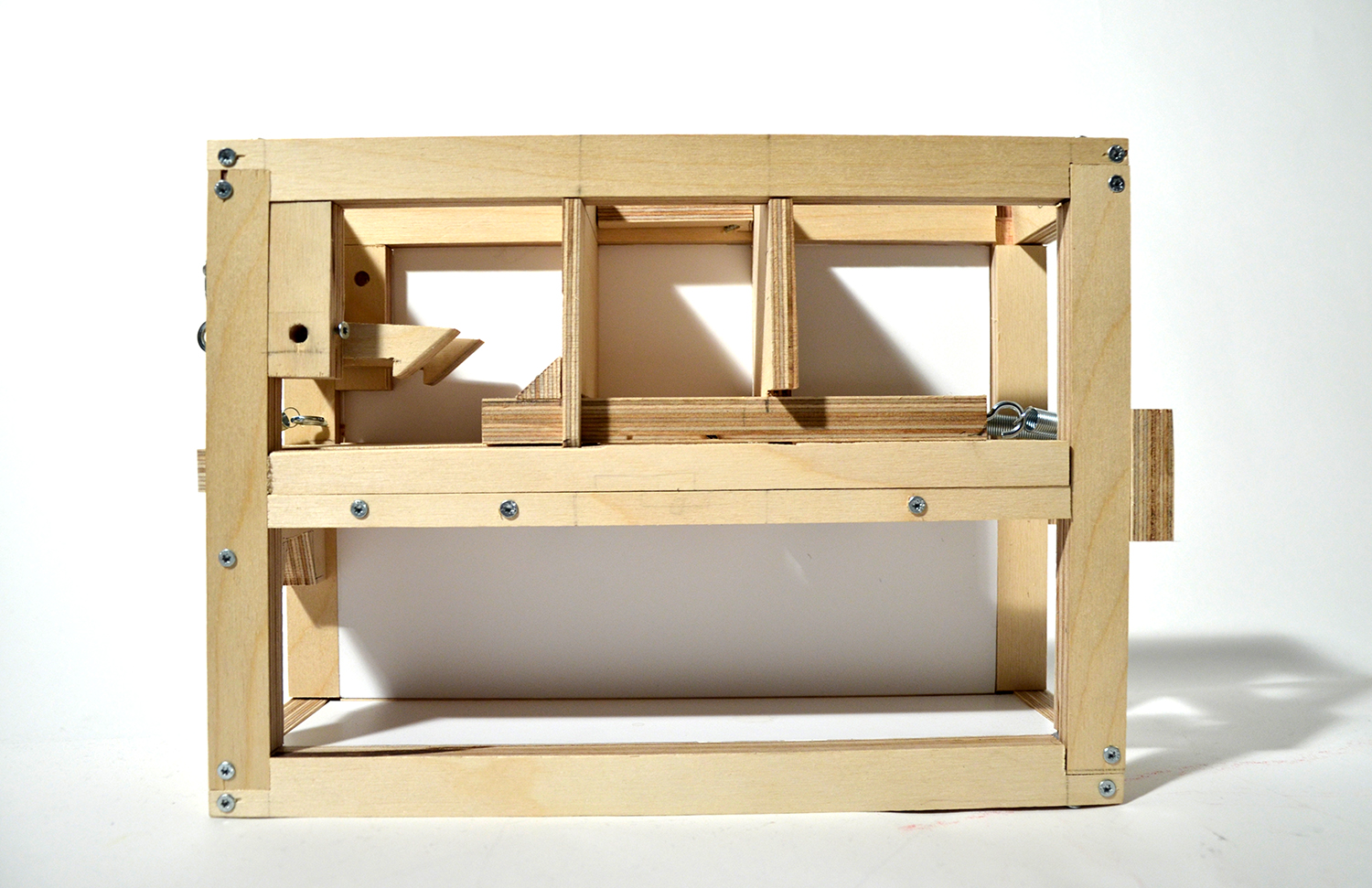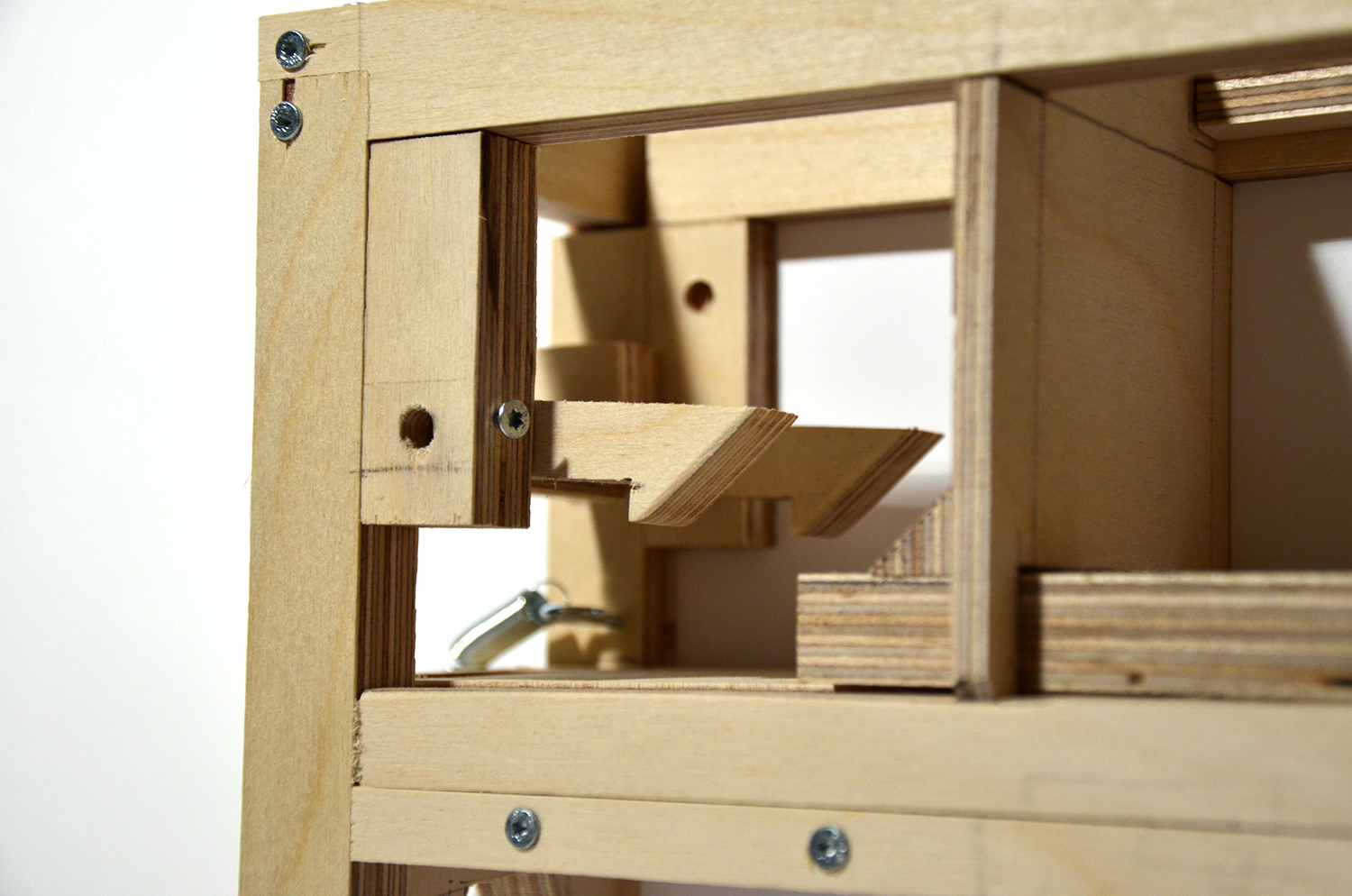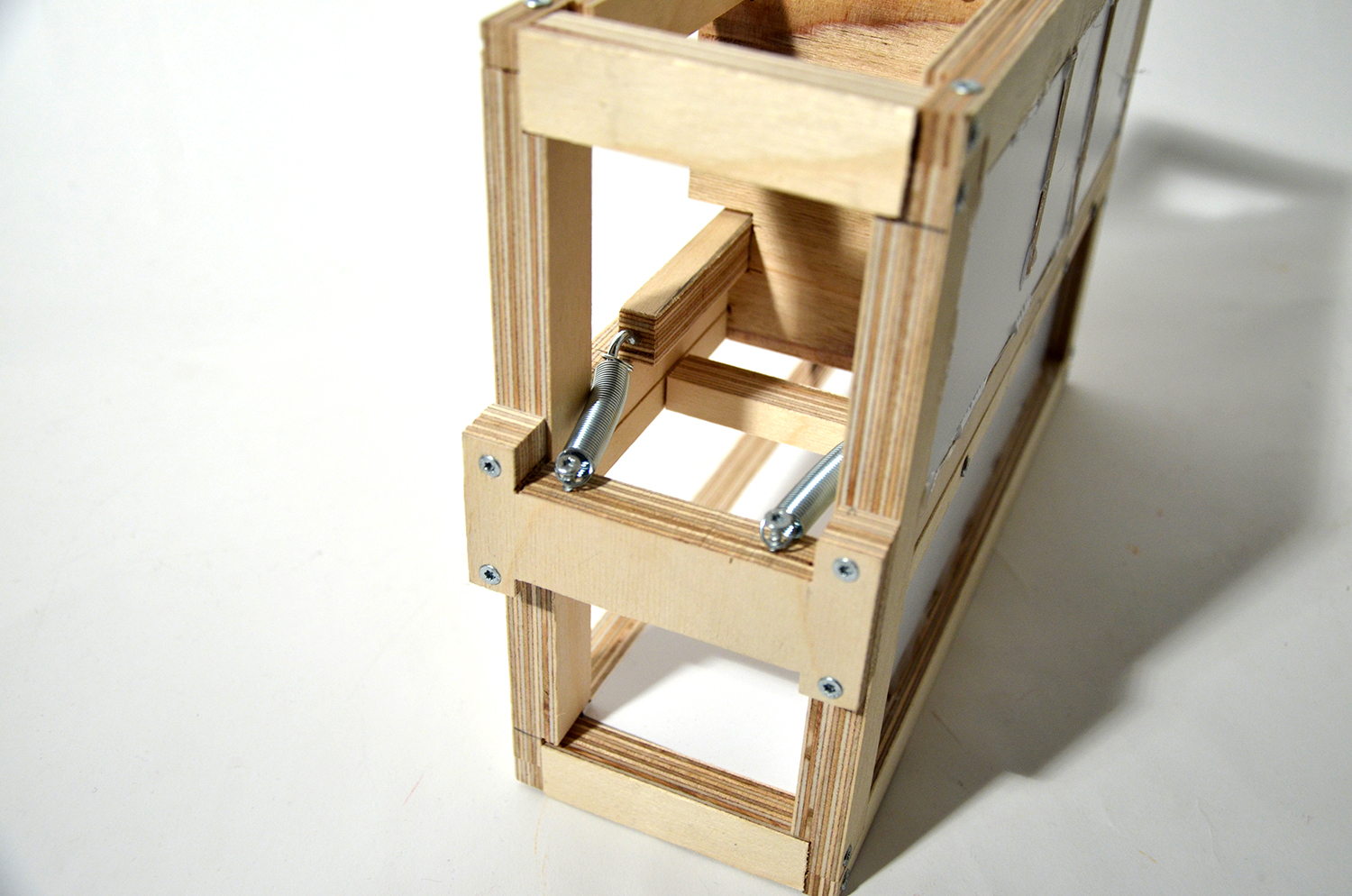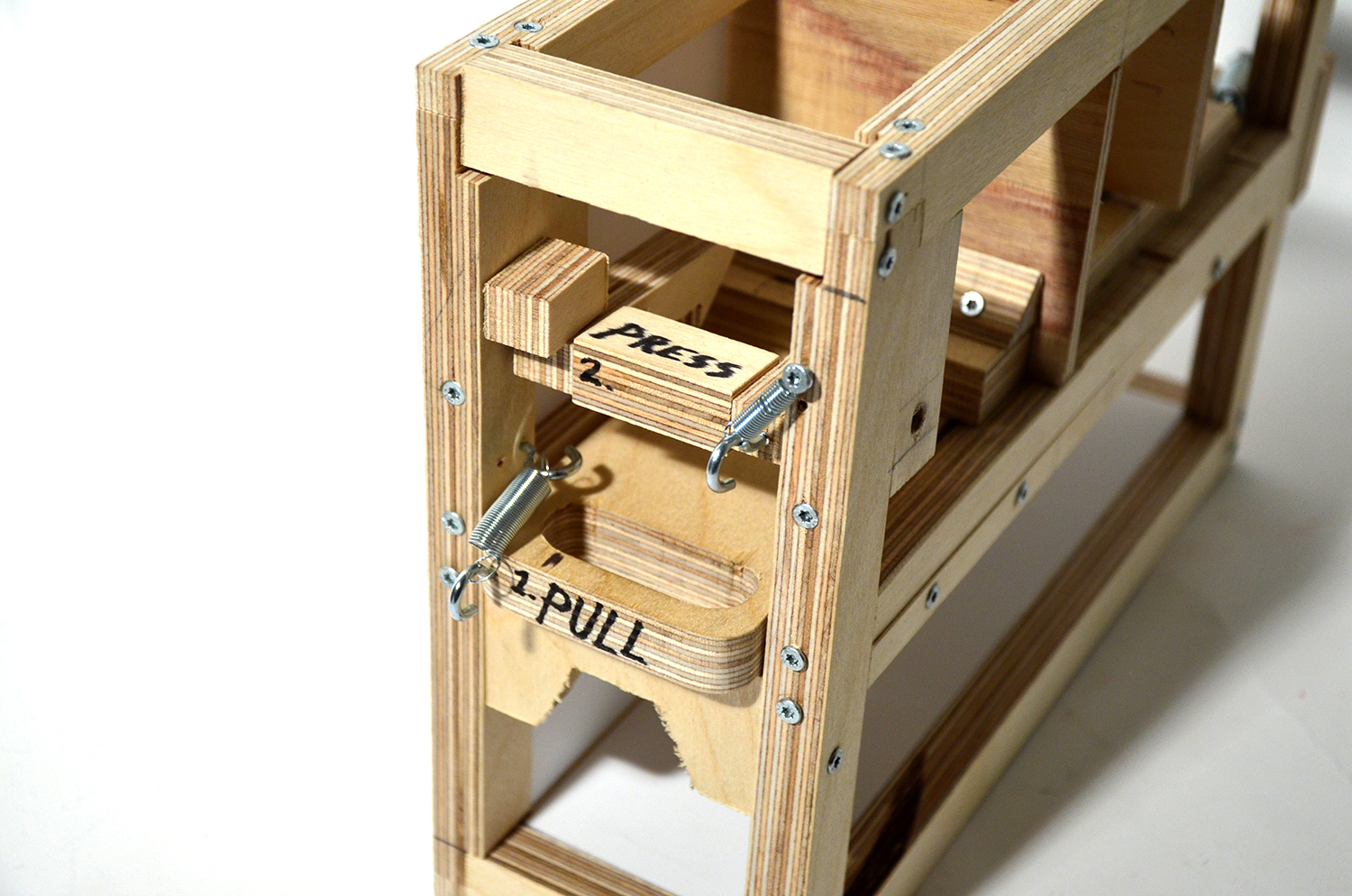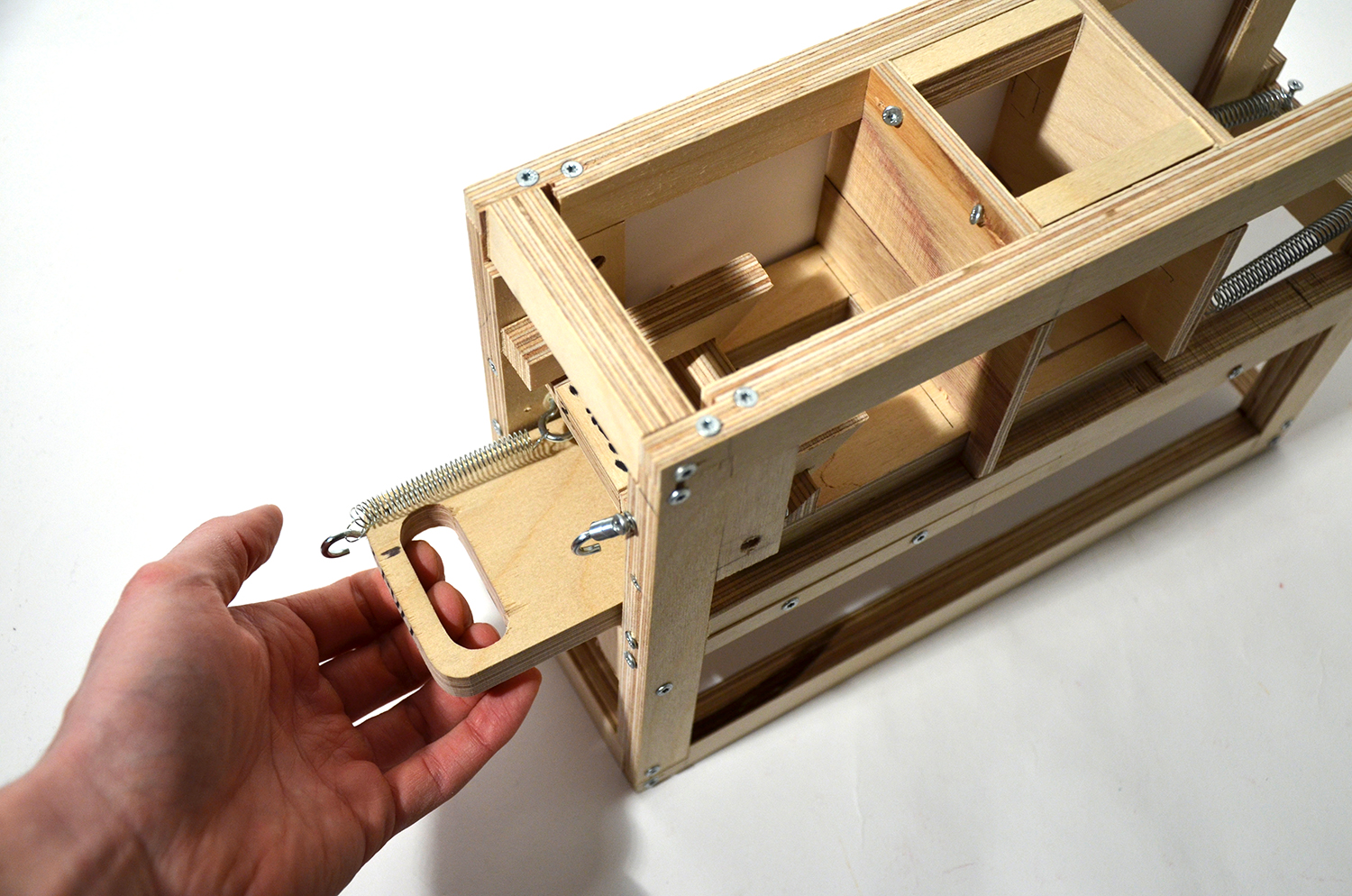Designing a modern rat trap - 2017
Diploma project at The Oslo School of Architecture and Design
The aim of this project was to create a product or solution to combat rodents for the private market. The product has the ability to connect to a network or smart home solution so that it can notify the user when there is activity, ensuring swift removal of the rodent and more efficient pest control.
The research for this project includes looking at and analysing what traps are currently on the market, interviews with experts within the field, field work together with pest control technicians. In addition I have looked at research conducted on the humane execution of rodents.
The end result is a mechanical rat trap for outdoors and indoors use which ensures swift execution with as little suffering as possible. All the mechanics are enclosed to make it easier to handle and at the same time making the trap safe to use around pets and kids.



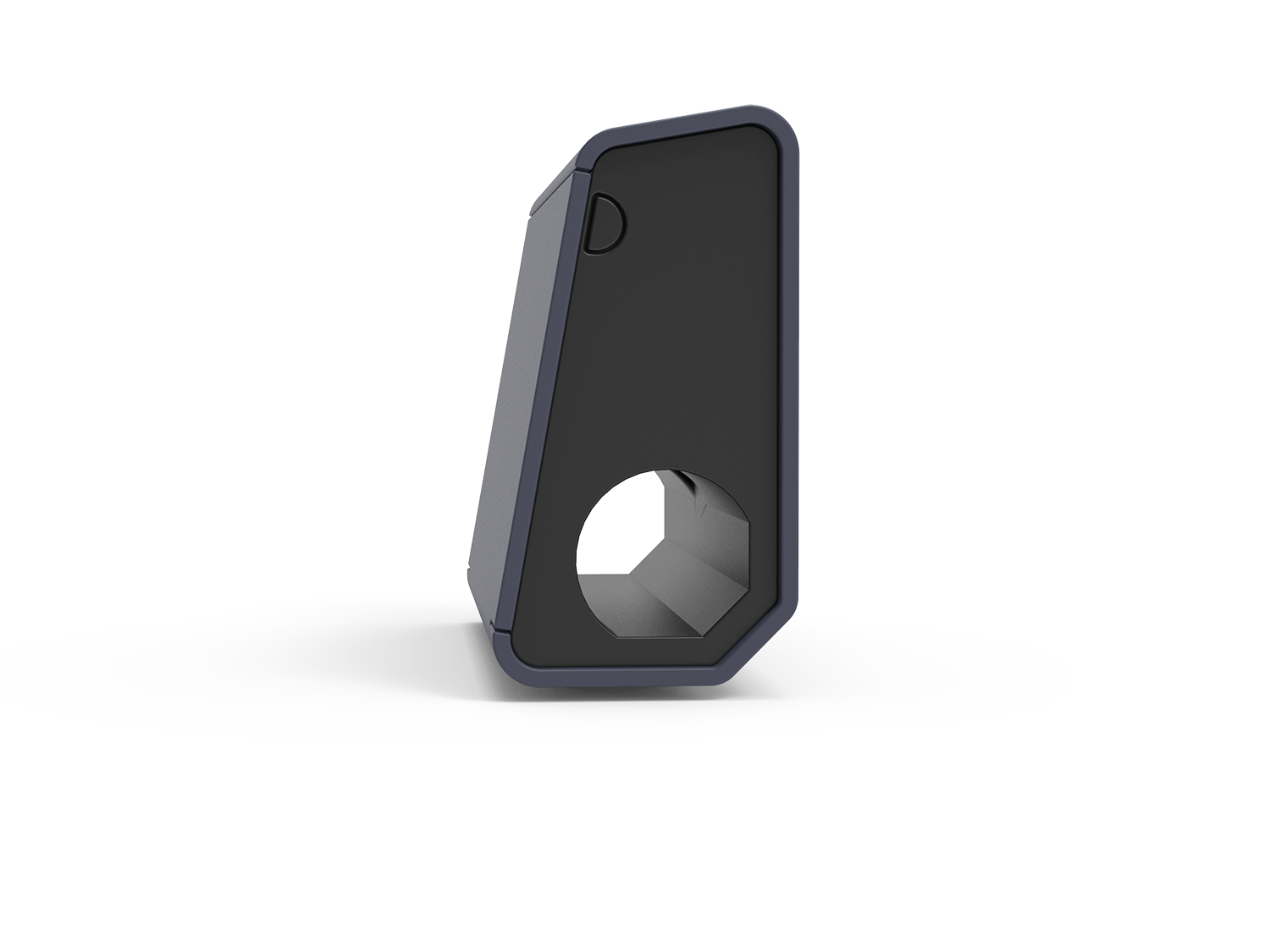
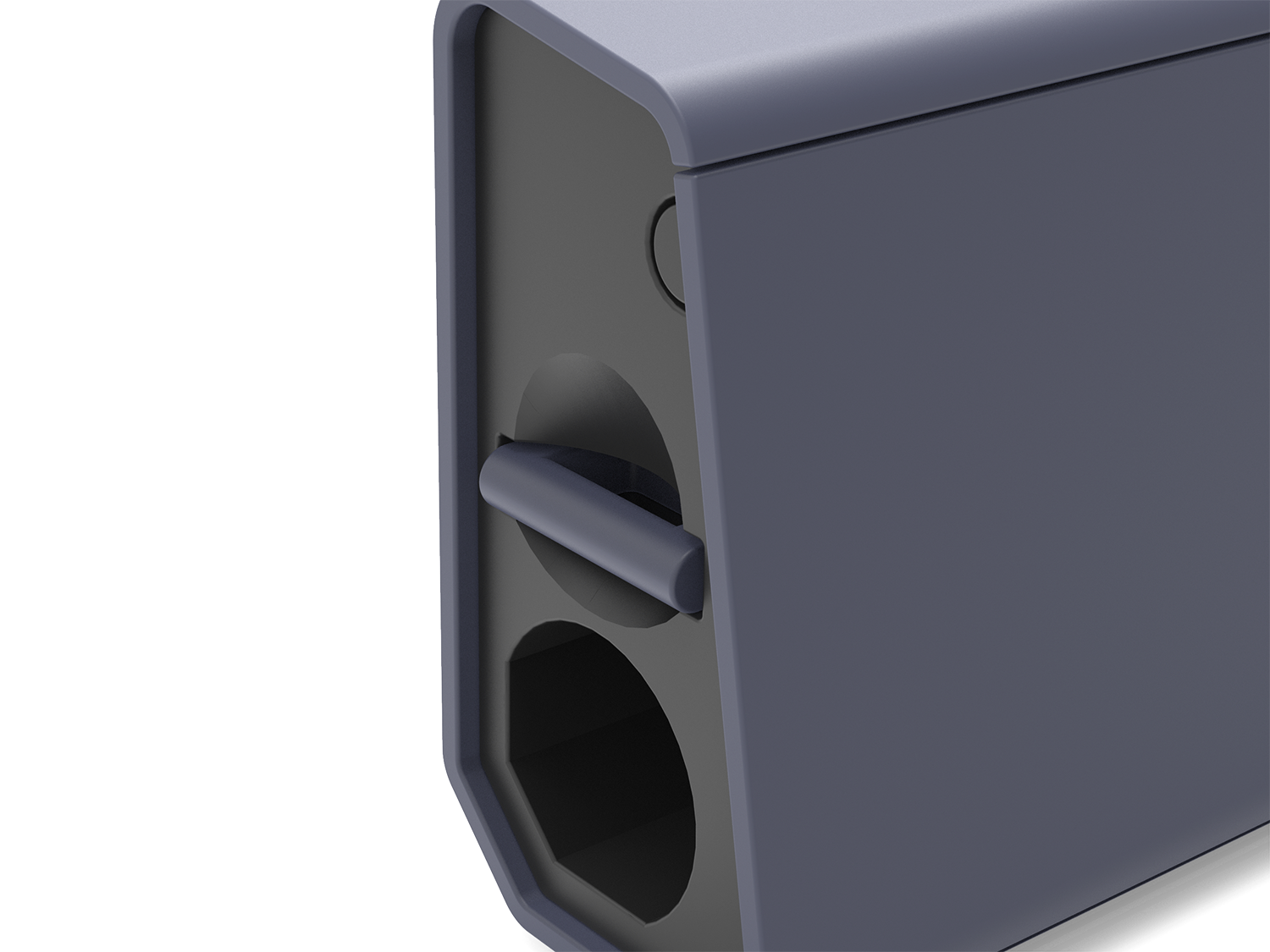
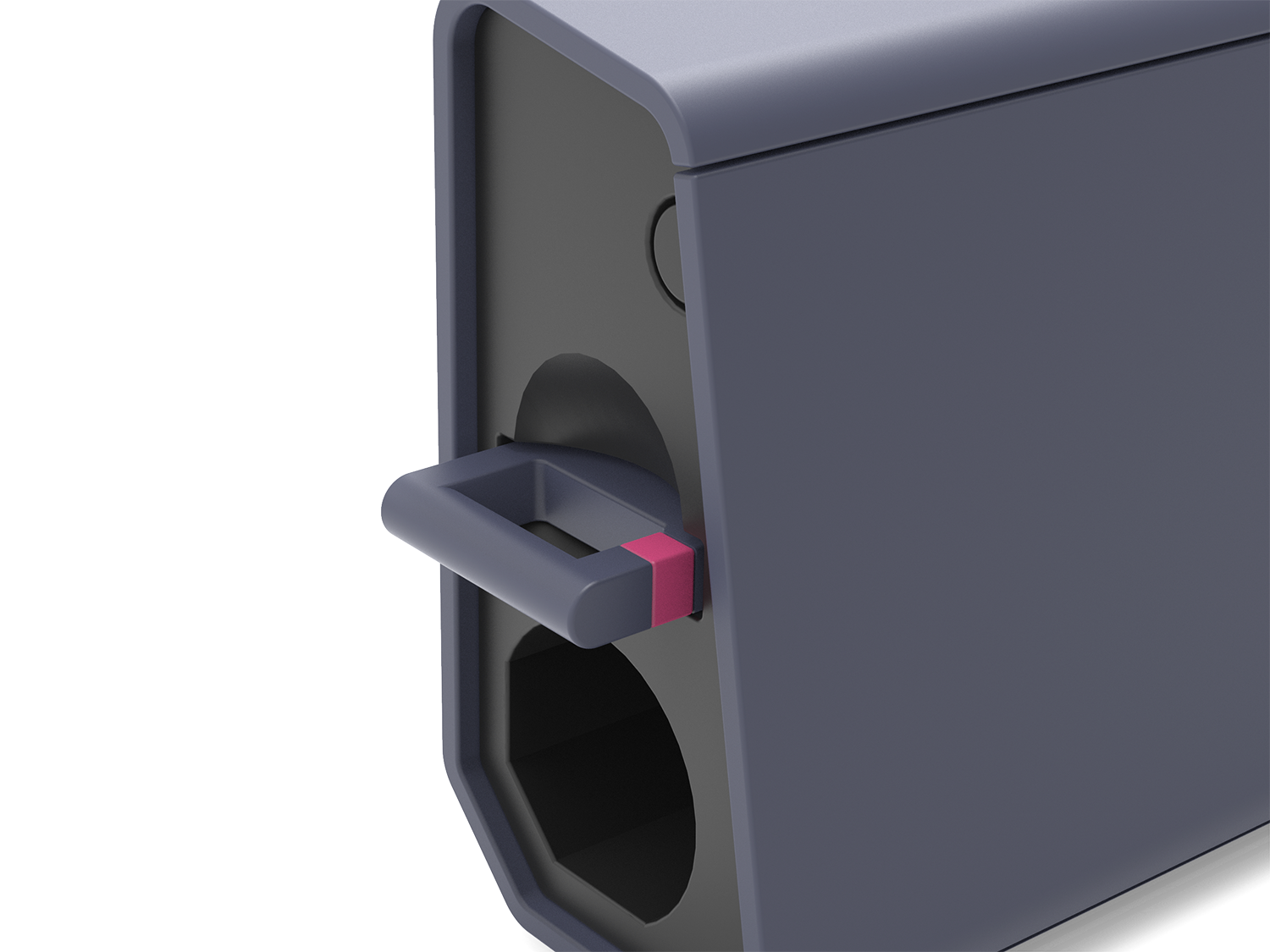
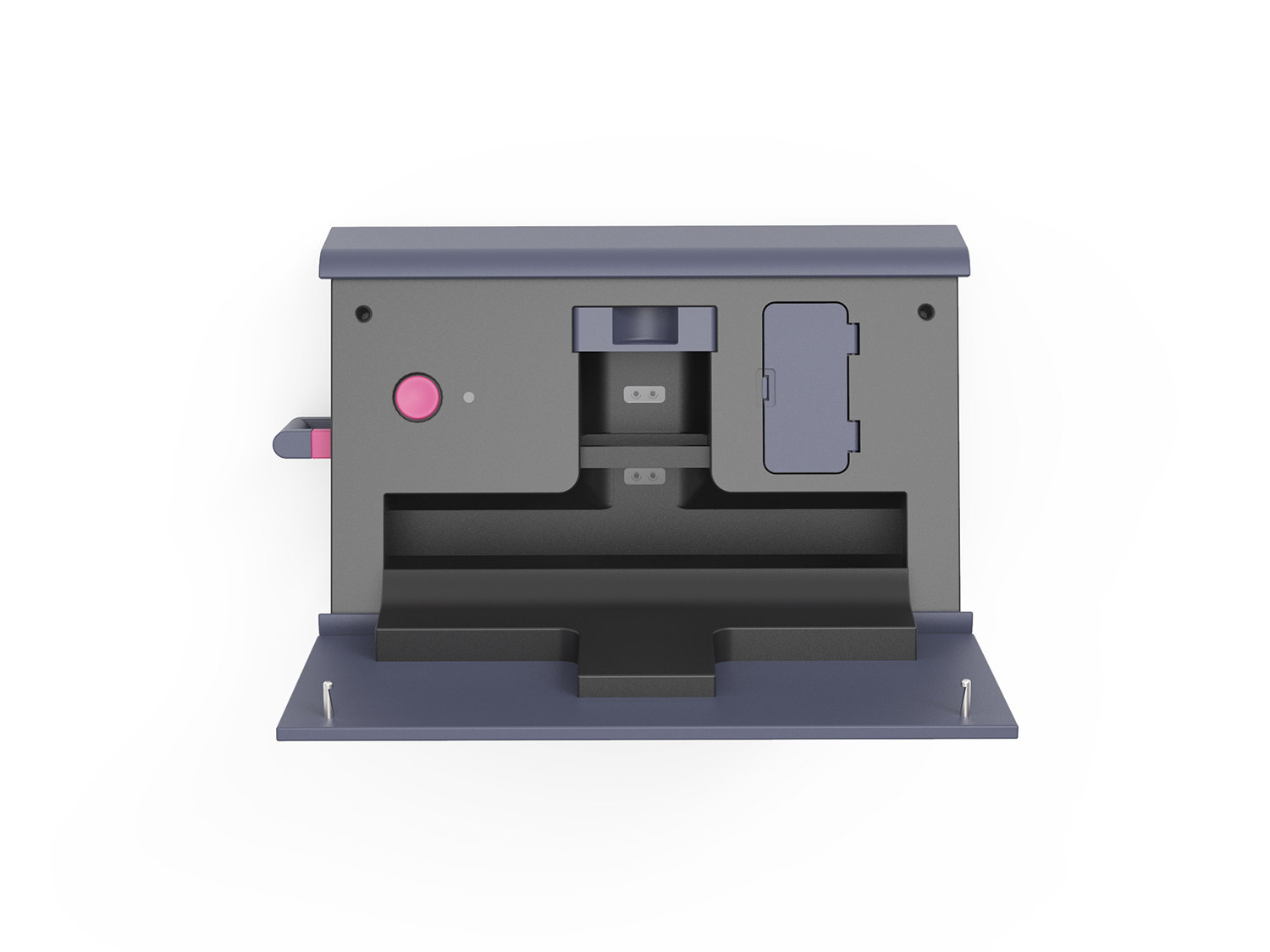
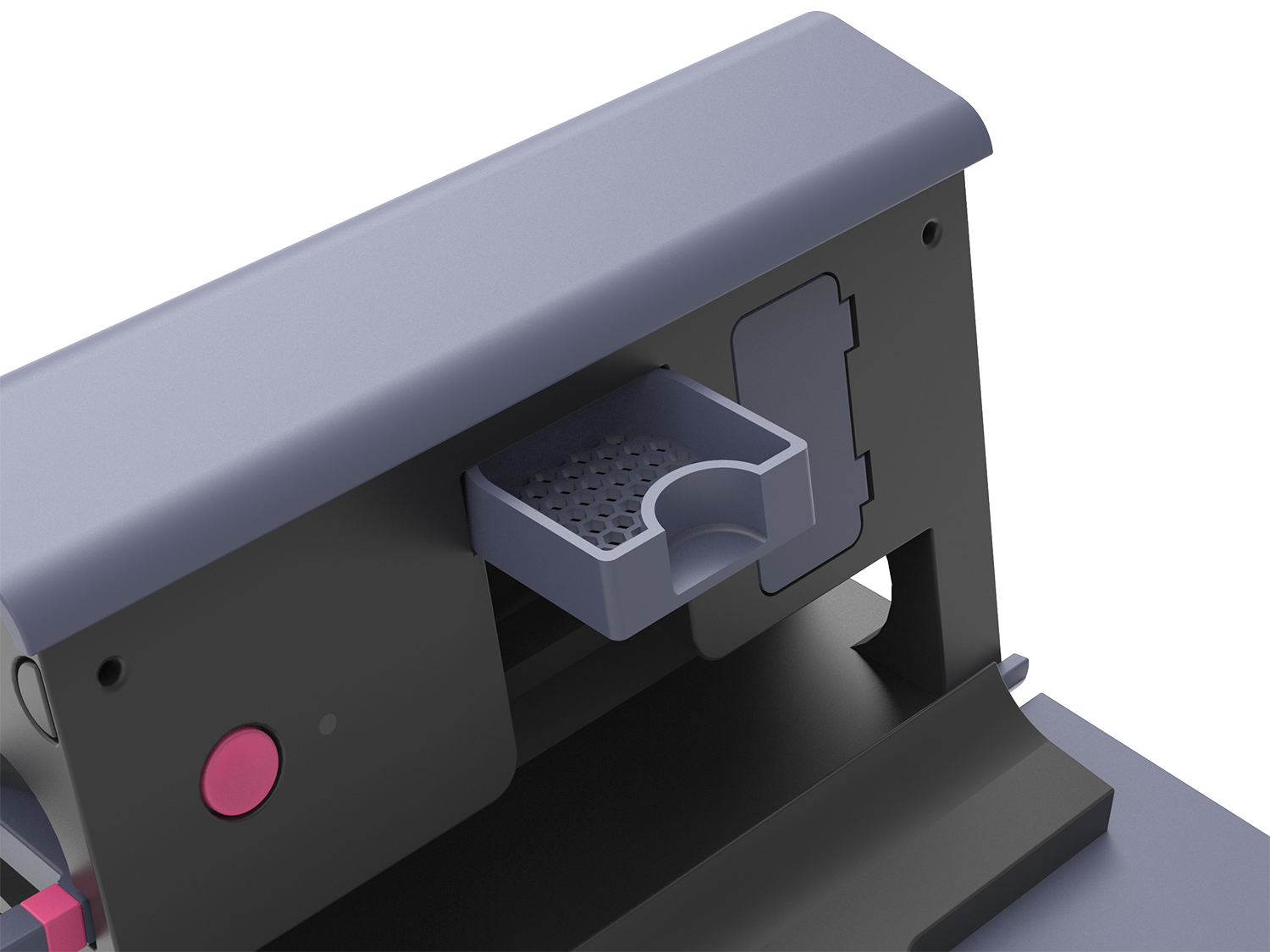
Designing the layout of the trap
There were three major factors that played a role in shaping the layout of the trap.
- The trap must ensure swift and humane extermination of the rat.
- The trap should be easy to handle.
- The trap should be safe to use, especially if you have curious pets and children around.
Looking at the first point as mentioned earlier about the humane extermination of rodents, if we are designing a mechanical trap it should provide a swift blow to the neck with sufficient force to cause instantaneous death of the rodent. So we need to make sure that the trap is correctly dimensioned so that it can provide enough force. In addition we need to make sure that it’s consistent and only goes off when the rat is in the correct position exposing the neck. To ensure this we guide the rat into the right position by designing the trap like a tunnel and in the middle of the tunnel is the portion where the rat can poke its head up trying to get to the bait.
Regarding handling of the trap we want a certain size so that when we hold and operate the trap we don’t have to touch in the places that have been in contact with the rats. At the same time it shouldn’t be too bulky so that it is hard to handle and move around.
About the safety of the trap it’s important that when handling the trap you should never feel that it’s unsafe, like it might suddenly snap shut on your finger (like the traditional wooden spring trap). Equally important we need to consider the more inquisitive of us, children and pets. Here the t-shaped tunnel helps prevent easy access to the mechanical parts. As an additional fail safe the trap wont fire when the front cover is open.
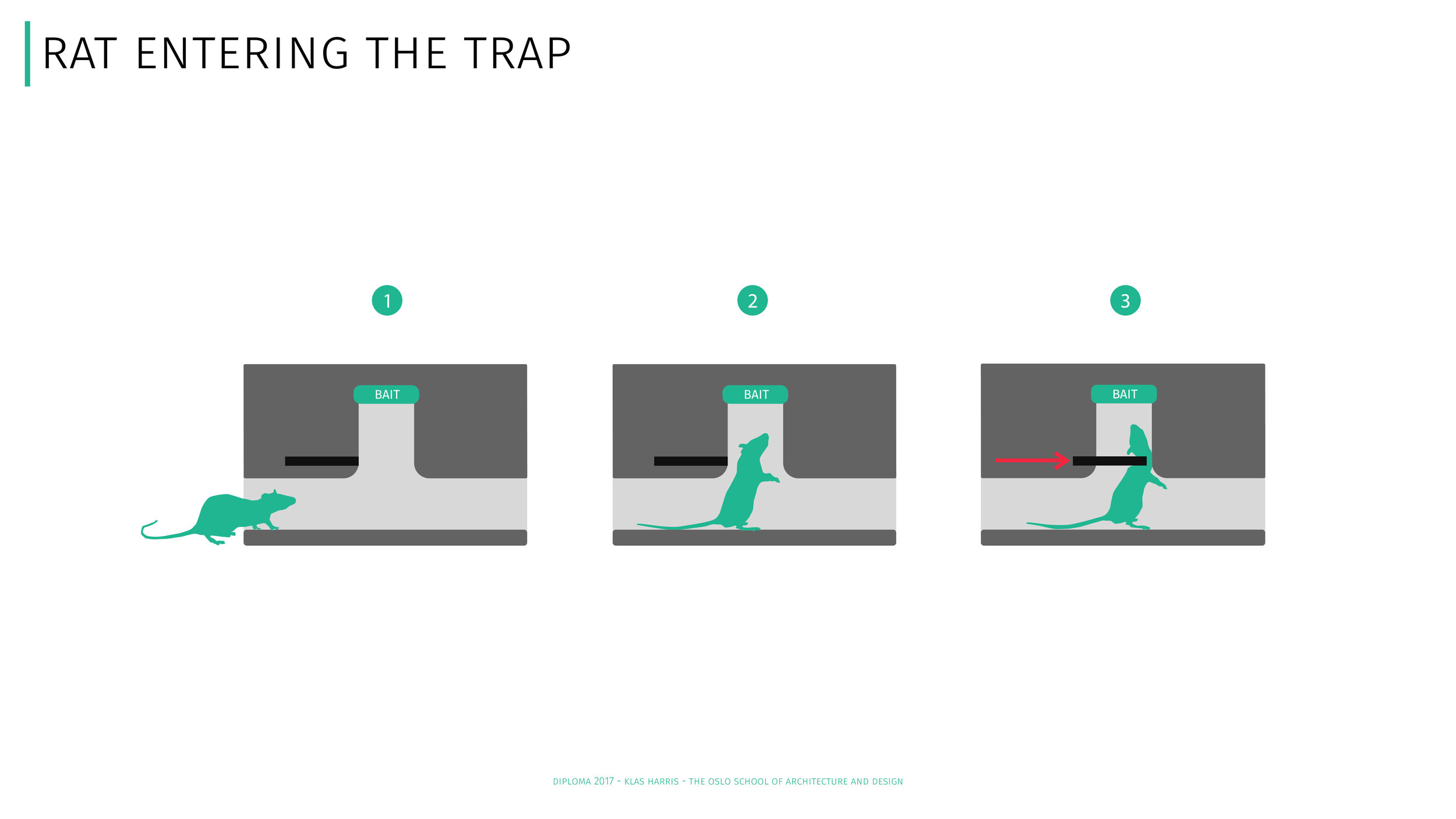
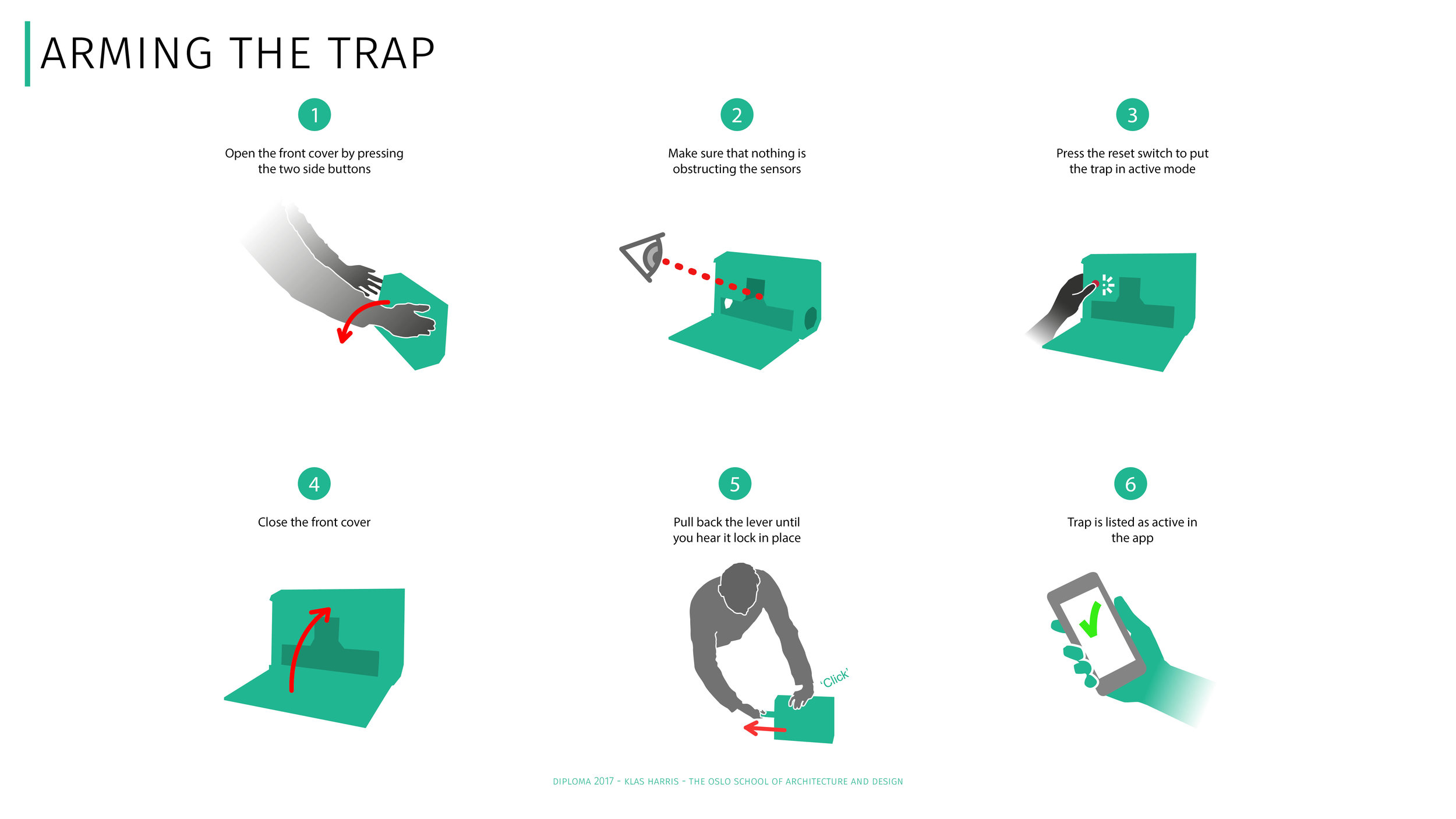
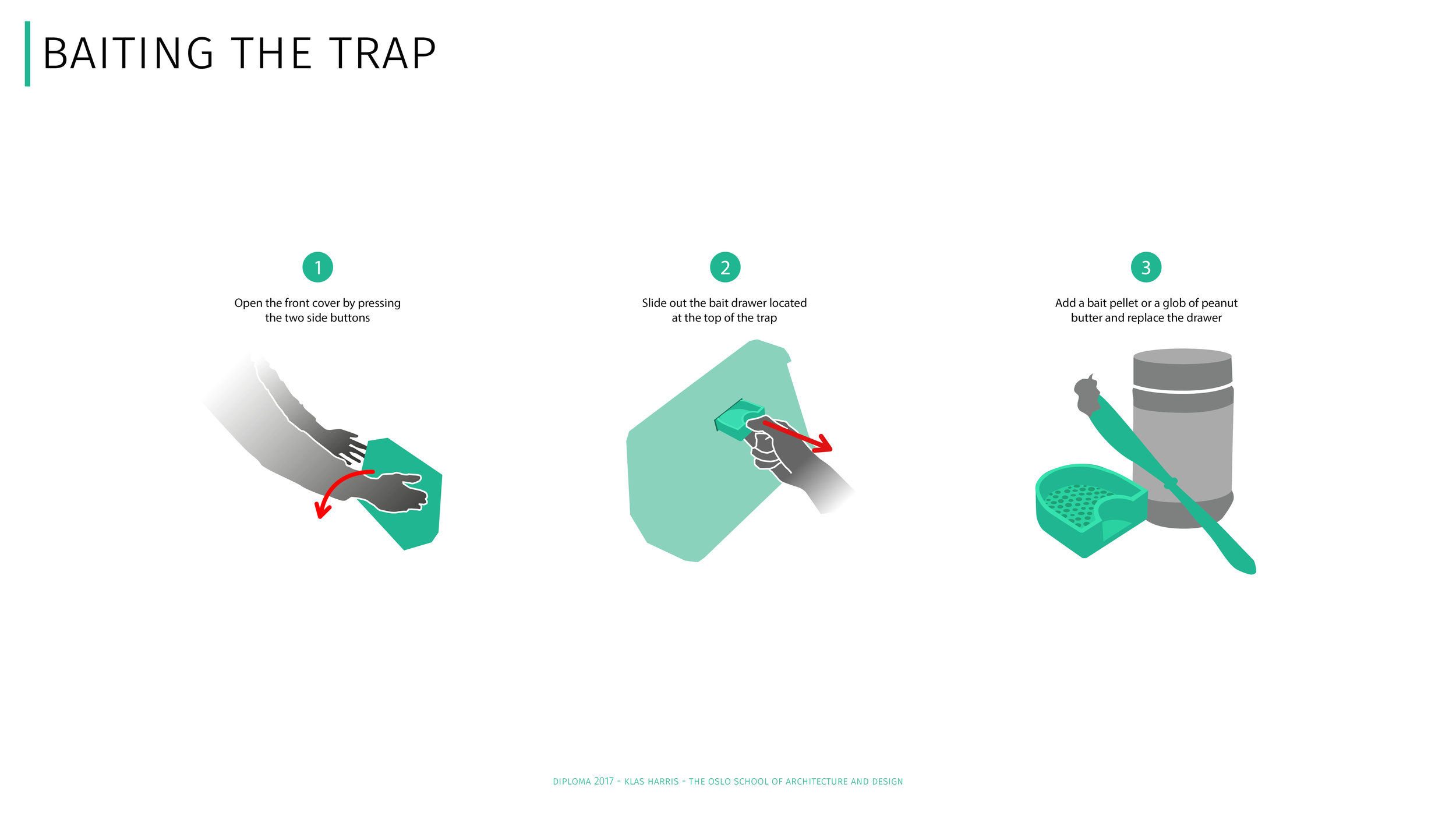
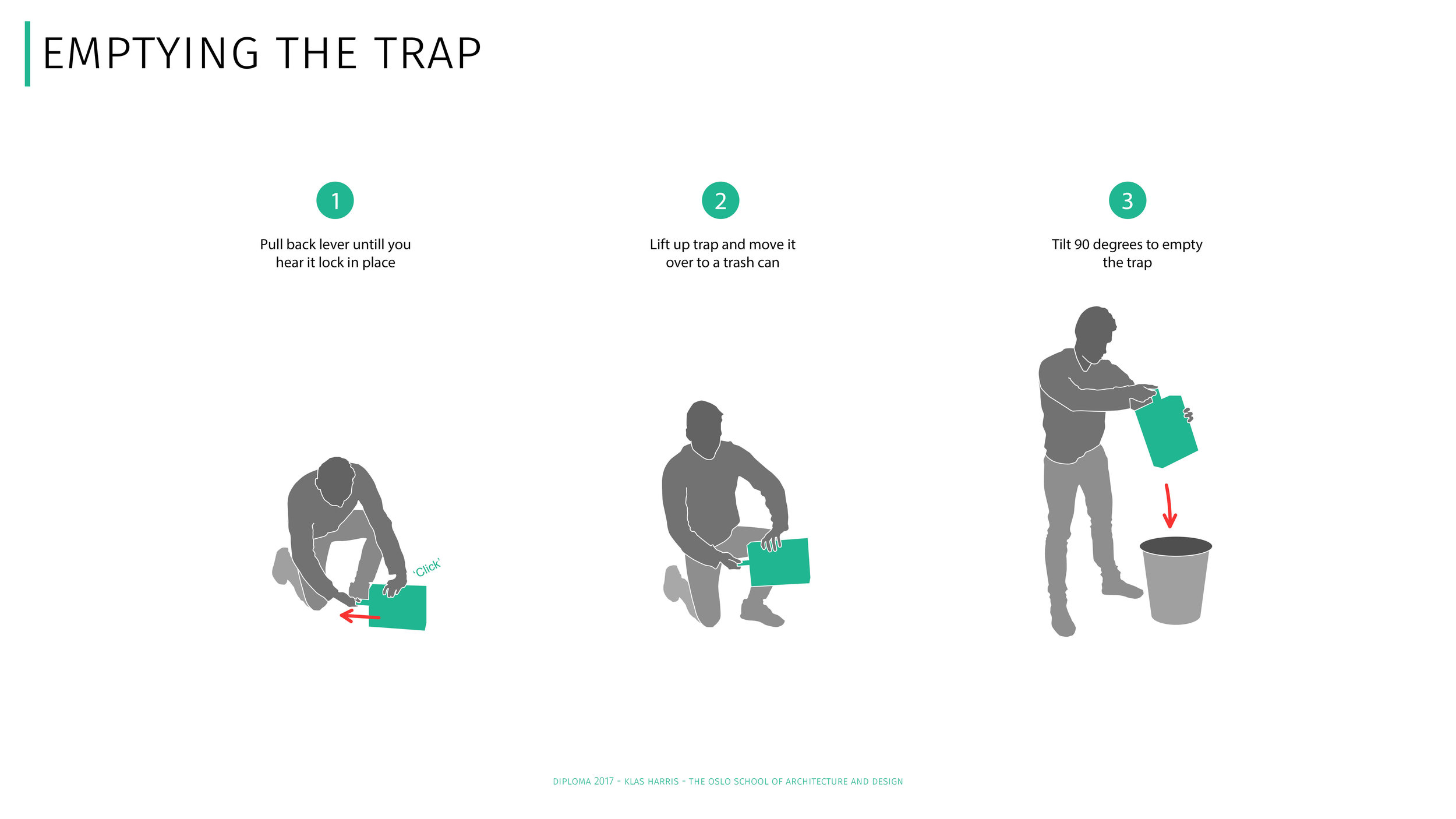
Mechanical model
For this project I created a mechanical model as a proof of concept. A bit over engineered and bulky compared to the final product but it works well for demonstrating the functionality of the trap.
To use it you pull back the handle until the bar locks in place and to activate you press down on the hooks.
The operation of pulling the handle to set the trap is similar to how it will work in the final product. But since the model lacks any of the electronics, triggering the trap is done manually.
